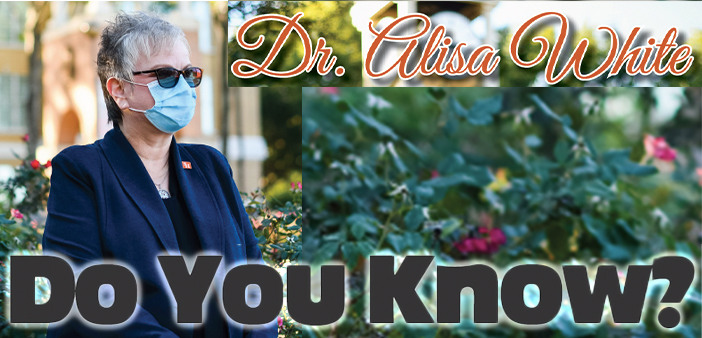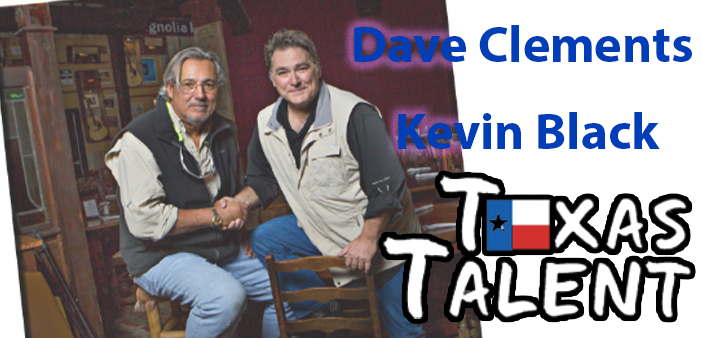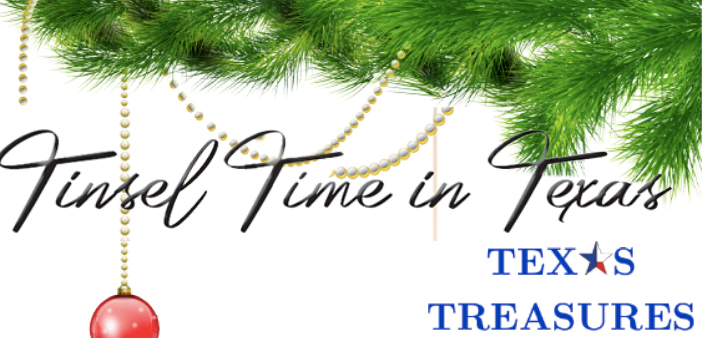Photos by Gina Turner

If you’re a resident of Elkins Lake in Huntsville, there’s a good chance you’ve met wildlife artist George Ann Johnson, either out on the golf course or at the post office building, where the neighborhood art group meets. Dressed in a t-shirt and jeans, with her platinum blonde hair pulled back in a short ponytail, she greets you with a wide smile and a Southern drawl.

Johnson’s art studio is in a small building next to her house, but she more often is a tan easel set up in the breakfast room of her home, with the TV on in the background. Occasionally, she might take a break to play her conga drums, which are set up nearby,or to sing along with her karaoke machine.
With her warmth and unassuming style, people sometimes might think Johnson – a mother of two and a grandmother of nine – is not a “real” artist. That’s where they would be wrong. She is not only a professional artist but a nationally acclaimed and award-winning one at that.
Johnson creates realistic art and has worked in watercolor and oils, but her principal media are scratchboard and colored pencil. Her pieces have been featured in a number of publications such as Southwest Art and The Artist magazine, and her work has been selected for national exhibitions in New York, Los Angeles, and Corpus Christi. She is represented by galleries in Fredericksburg and Pagosa Springs, Colorado, and her piece Pride of the Prairie was recently purchased by the prestigious Pearce Museum –Western Art Gallery.
Tell me about your journey as an artist. How did you get started in art?
I’ve been at it forever, but my first art I started doing professionally, believe it or not – and I had not had a lesson or anything – was about45 years ago, when I had four racing bloodline mares and wanted to breed them. So I thought, “I can paint their studs, in exchange for their stud fees.” So I started doing that, trading out for stud fees. And some of the stud fees were pretty high, you know, around $1,500, so I thought that was pretty good!
So how did you go from breeding racehorses to becoming a full-time artist?
My first husband, whom I was married to at the time, decided he didn’t want to keep driving around the country with my racehorses, so I quit and went to nursing school. I worked as a nurse for a while and didn’t do any art during that time, but when I left nursing, I went straight into advertising.

What kind of advertising art did you do?
I painted display windows for car dealerships. I painted life-size cars on dealership windows in Kansas City. They became so popular, I went all over the place! If you can believe it, I ended up painting dealership windows in Boston, San Francisco, and even Hawaii! I would paint the life-size cars on the windows, then put them in scenes. Those people just ate it up!
One time, I took the Seven Dwarves, turned them into elves, and had them building a Corvette. The dealership wanted me to do the scene across all the windows…so, at the end, there was Santa sitting in the Corvette with his big bag of packages in the back. But they (the elves)were painting, and I had an elf working on a tire, all the way down the windows. The dealership was at a stoplight where there was a major intersection, and they said they almost had wrecks from people looking at the scene on the windows!
How did you grow your business?
I was painting windows to help support myself and my (current) husband when he was finishing up his doctorate thesis. He was my salesperson! I hate to sell my own work. It’s hard! So I had him dress up in a suit, I would tell him what to say, and he would go in and sell! It was kind of funny. He went into this one place and showed them a layout of what I was going to do, and they asked if we could make some changes they wanted. He told them, “Well, let me go call the corporate office, and I’ll let you know.” Then he came out to the car and asked me, “Can we do this?” Then he waits around for a little bit and goes back in and says, “Yes, the corporate office says we can do it!”Then when I went in to do the work, I’d be dressed in these crummy clothes and just go in there and start painting up a storm. They thought I was just the lowly artist!
You said when you started painting, you had never taken an art class. Did you ever get any formal education in art?
Yes, when my husband Jeff and I moved to Massachusetts, I took classes at the DanforthMuseum of Art. I was planning to get a degree, but then we had the chance to move to Hawaii, so I quit school, we went to Hawaii, and I painted windows there.
Before you made a name for yourself as a scratchboard artist, you were doing a lot in colored pencil. Tell me about that.
When we came back from Hawaii, we first moved to Oklahoma then to Virginia, where we stayed for about 10 years. Right before we moved there, I started doing colored pencil. But, you know, colored pencils didn’t take off the same way scratchboard has. An example is when I went into a fine art gallery outside of Rockport and asked if they had any colored pencil pieces. The owner just looked at me and said, “No ma’am, we do not! Colored pencil is not art, and you’ll never find it in MY gallery.” My jaw just dropped.
There’s a Colored Pencil Society of America, and it’s a big deal, but they’re located mostly on the west coast up near Portland, Oregon. I went to one of their workshops and yearly exhibits, and it was nice because there is a real appreciation for it up there. I have found the rest of the country doesn’t take it as seriously, though. They just don’t understand all that goes into it.
There is a very well-known scratchboard artist, Scott Krohn, who does beautiful work. He also started in colored pencil. He began doing scratchboard for the same reason I did, which is there is so much more acceptance of scratchboard (by galleries).
So what exactly is scratchboard? The wild animal portraits you’ve done look so realistic. How do you do it?
Well, if you look here (sits down at an easel with a partially complete portrait), you can see you start with a blackboard and then scratch out the design with a knife. Each individual hair has to be scratched out. I use colored pencil or watercolor to add color to each scratched out section, and then maybe scratch a little more.
You’ve done a lot of large wildlife pieces, from bison to lions. Where do you get your source photos?
I work mostly from my own photos. I took the buffalo ones up in Oklahoma, and the photos from Africa were taken by some friends who went there. I am getting ready to leave on a two-week trip to Africa with my husband, and I am so excited!
There is so much detail in each piece. How long does it take you to complete one?

It may take me two to two-and-a-half months to do one. Of course, I’m not working on it eight hours a day, but it does take a long time.
Unlike amateur artists, who get to enjoy their artwork after they create it, a lot of yours goes off to galleries and is sold, sometimes for quite a lot of money. How does that make you feel?
I don’t know. When I first started out with the colored pencil, it was really hard to let go. People would ask me how much I wanted for this or that piece, and it was hard to set a price – with the scratchboard, it’s the same thing – because I considered each piece almost like my child. It’s like you get birthing pains. You’ve put so much of your heart and soul into it, and so much time into it, that it’s hard to let someone take it. It’s like giving your kid away!
Did you ever imagine you’d be as well-known as you are in the art world?
No, not at all. In fact, here’s a funny story for you. My ex-father-inlaw, Orren Mixer, was a really famous artist who painted racehorses. When I got into painting horses to support my racehorse breeding, my ex-husband said to me, “I don’t know why you bother. You’ll never be as good as my dad!”
Well…later on, long after John and I divorced, I went by Orren’s studio to see him. He had a picture he had painted on an easel. I took a couple of my pieces in to show him – a watercolor of a gun and a picture of a longhorn I had done in colored pencil – and he put one of my pieces up on the easel where his had been. He sat back, looked at my art, and said, “You know what the difference is between mine and yours is? I have a bigger name.”
I figured out I was onto something when I got into scratchboard. I decided I wasn’t going to stop this time until I got what I wanted.
What did you want? What has been the driving force behind your success?
What I wanted was to be recognized. To me, it’s never been about how much money I could make or what I had. I wanted to show a reason why I was here. DidI do anything? Did I leave something behind? That’s the reason I was so excited when that museum bought my piece because now I feel like I finally did it. I left something behind.




